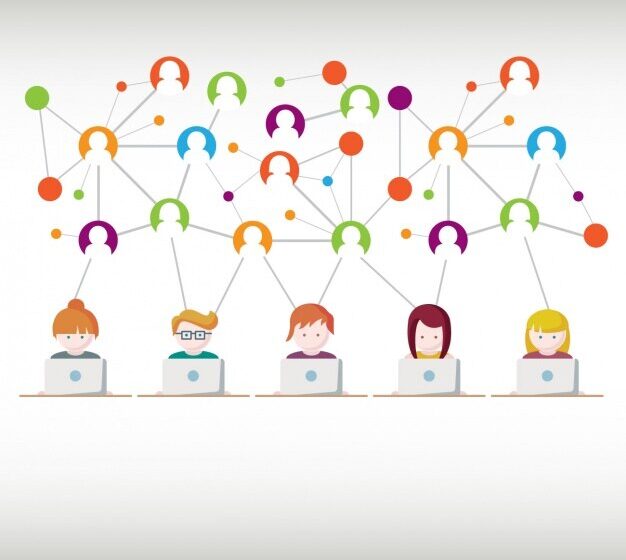Mastering the Art of Asynchronous Communication for Remote Work.

In the evolving world of the digital workforce, mastering asynchronous communication has become a cornerstone of successful remote work. Unlike synchronous communication, which requires real-time interaction (think video calls or instant messaging), asynchronous communication does not. Emails, recorded videos, and task management tools are all examples of asynchronous communication, allowing individuals to consume and respond to information at a time that suits them best. This flexibility can lead to increased productivity and work-life balance, making it a critical skill for remote teams. Let’s delve into strategies and best practices for mastering asynchronous communication in remote work environments.
Understanding Asynchronous Communication
At its core, asynchronous communication is about time-shifting our conversations. It’s the difference between a live meeting and an email thread, a phone call, and a shared document with comments. In remote work, where team members may be spread across different time zones, asynchronous communication is not just convenient; it’s essential. It allows for deep work without constant interruptions, fostering a culture of thoughtfulness and thoroughness in responses.
The Advantages
- Flexibility: Individuals can manage their schedules more effectively, allowing for work to be done during their most productive hours.
- Inclusivity: Team members across various time zones can contribute without being excluded due to their local time.
- Documentation: Conversations and decisions are recorded, making it easier to track progress and understand the rationale behind decisions.
Implementing Effective Asynchronous Communication Strategies
Set Clear Expectations
Start by establishing clear norms and expectations about response times and preferred tools. For instance, you might agree that all emails should be answered within 24 hours, while updates on project management platforms can have a 48-hour response window. These guidelines prevent miscommunications and ensure that everyone is on the same page.
Choose the Right Tools
Select tools that support asynchronous work. This might include:
- Email for formal communications.
- Project management software like Trello or Asana for tracking tasks and progress.
- Documentation tools like Confluence or Google Docs for collaboratively editing and commenting on documents.
Foster a Culture of Documentation
Encourage the habit of documenting processes, decisions, and FAQs. This not only reduces the need for synchronous meetings but also creates a valuable knowledge base for current and future team members.
Embrace Written Communication
Improve writing skills across the team to ensure clarity and conciseness in communications. Clear, well-structured writing reduces misunderstandings and the need for follow-up questions.
Record and Share
For more complex or nuanced information that might typically be shared in a meeting, consider recording a video explanation. This approach retains the personal touch of synchronous communication while allowing for the flexibility of asynchronous consumption.
Overcoming Challenges
While asynchronous communication offers numerous benefits, it also comes with challenges, such as a potential sense of isolation or the difficulty in conveying tone. To mitigate these, consider the following:
- Regular Check-ins: Schedule regular synchronous touchpoints to maintain a sense of connection and address any issues that are better handled in real-time.
- Emphasize Empathy: Remind team members to assume positive intent, especially in written communications where tone can be misinterpreted.
- Encourage Video Use: For recorded messages, encourage the use of video to convey tone and body language more effectively.
Continuous Learning and Development
In the dynamic landscape of remote work, continuous learning and professional development are crucial for both individual growth and organizational success. Asynchronous communication opens up new avenues for ongoing education and skill enhancement, without the constraints of scheduling live sessions that suit everyone.
Through shared online resources, recorded training sessions, and interactive forums, team members can access a wealth of knowledge at their own pace. This approach not only accommodates different learning styles but also encourages a culture of curiosity and self-improvement. It allows individuals to delve deeper into subjects of interest, seek feedback, and apply new skills to their work autonomously.
In a nutshell
Mastering the art of asynchronous communication in remote work settings is not just about adopting new tools or practices; it’s about fostering a culture that values flexibility, inclusiveness, and clear communication. By setting clear expectations, choosing the right tools, and embracing a culture of empathy and documentation, teams can overcome the challenges of remote work. Asynchronous communication, when done right, can unlock higher productivity, better work-life balance, and a more cohesive team dynamic, making it a crucial skill set for the modern digital workforce.
(Nominate Now: Join us to spotlight your achievements! Be part of the elite in the business and finance community. Exciting opportunities await!)






